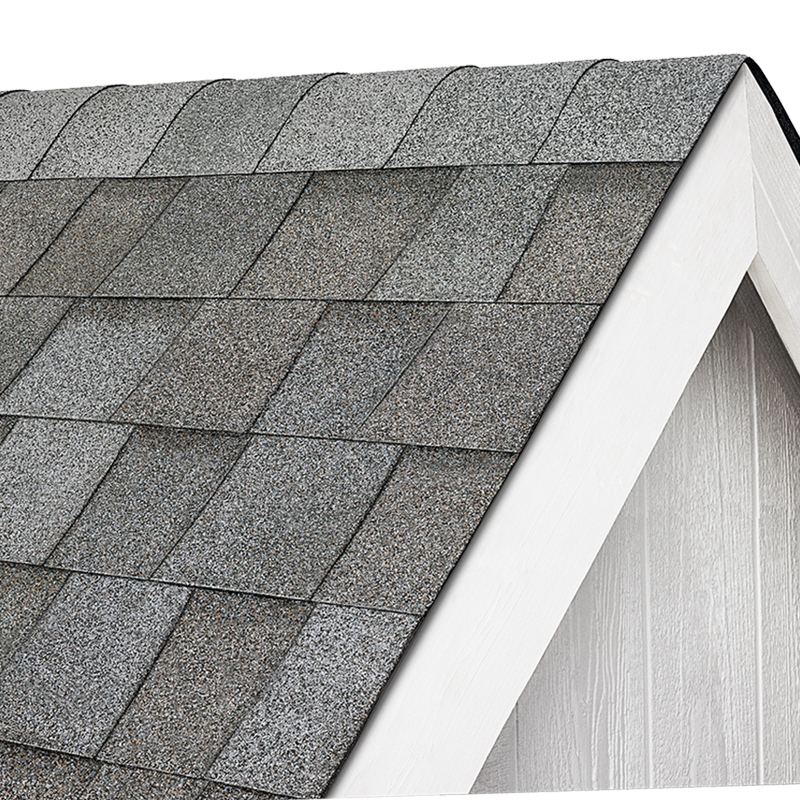
When it comes to building a house, one of the most crucial elements is the roof. Not only does the roof protect the house from the elements, but it also plays a significant role in the overall aesthetic appeal of the structure. Roof construction is a blend of science and art, where the choice of materials and techniques used can greatly impact the durability, energy efficiency, and design of the roof. In this article, we will dive into the world of roof construction, exploring the different materials and techniques used by builders to create sturdy and beautiful roofs.
The Importance of Choosing the Right Roofing Materials
1. Asphalt Shingles
- The most common roofing material
- Cost-effective and easy to install
- Available in a variety of colors and styles
- Short to medium lifespan (15-30 years)
2. Metal Roofing
- Durable and long-lasting
- Energy-efficient and environmentally friendly
- Lightweight and fire-resistant
- Higher upfront cost but lower maintenance over time
3. Clay Tiles
- Classic and elegant appearance
- Durable and fire-resistant
- Good insulation properties
- Heavy and may require additional structural support
Techniques for Building a Sturdy Roof
1. Truss Roof Systems
- Consist of triangular trusses for support
- Provide structural integrity and load-bearing capacity
- Allow for open and vaulted ceilings
- Commonly used in residential construction
2. Rafters and Purlins
- Rafters are inclined beams that support the roof
- Purlins are horizontal beams that support the rafters
- Used in traditional roof framing
- Provide flexibility in roof design
3. Roof Decking and Underlayment
- Roof decking provides a solid base for the roof covering
- Common materials include plywood or oriented strand board (OSB)
- Underlayment acts as a water-resistant barrier
- Prevents leaks and protects the roof structure
Factors to Consider in Roof Construction
1. Climate and Weather Conditions
- Choose materials that can withstand local climate conditions
- Consider factors like wind, rain, snow, and temperature fluctuations
- Ensure proper insulation and ventilation for energy efficiency
2. Architectural Style and Aesthetic Preferences
- Select roofing materials that complement the overall design of the house
- Consider color, texture, and shape of the roofing materials
- Explore different roof profiles and pitches for visual appeal
3. Budget and Long-Term Maintenance
- Determine the upfront cost of materials and installation
- Factor in long-term maintenance and repair expenses
- Compare the lifespan and durability of different roofing materials
Conclusion
Roof construction is a blend of art and science, where the choice of materials and techniques can greatly impact the durability and design of the roof. Whether you opt for traditional asphalt shingles, durable metal roofing, or classic clay tiles, it's essential to consider factors like climate, architectural style, budget, and maintenance requirements when designing your roof. By exploring the art of roof construction and understanding the various materials and techniques available, you can create a sturdy and beautiful roof that enhances the overall look and functionality of your home.
